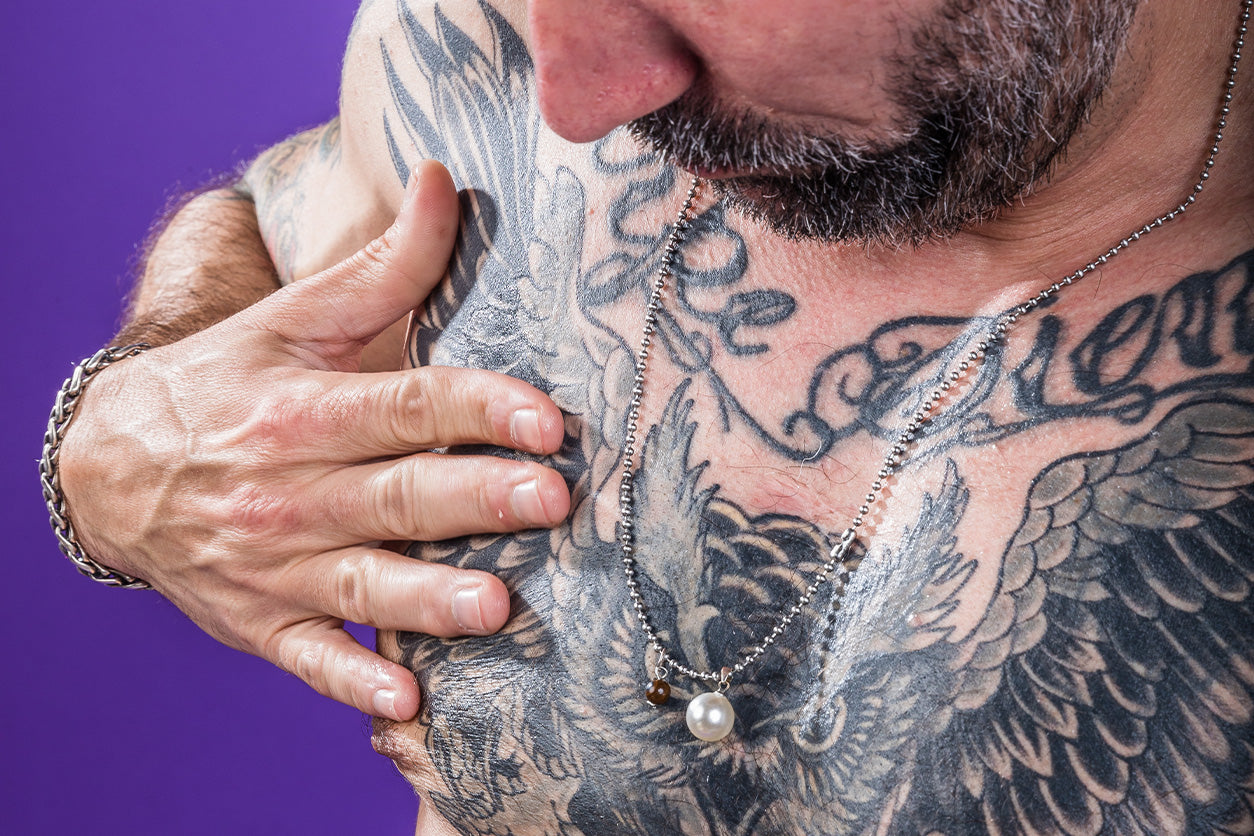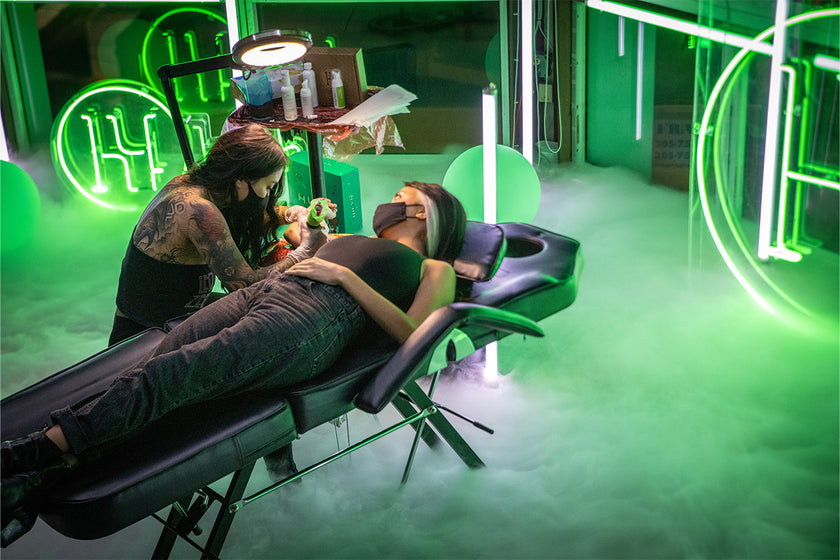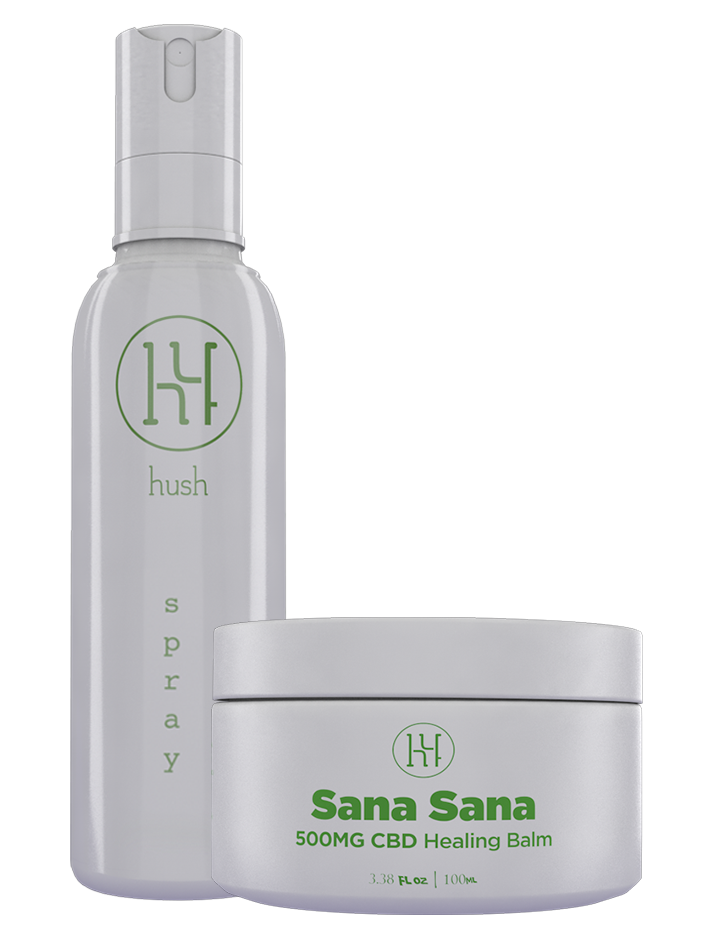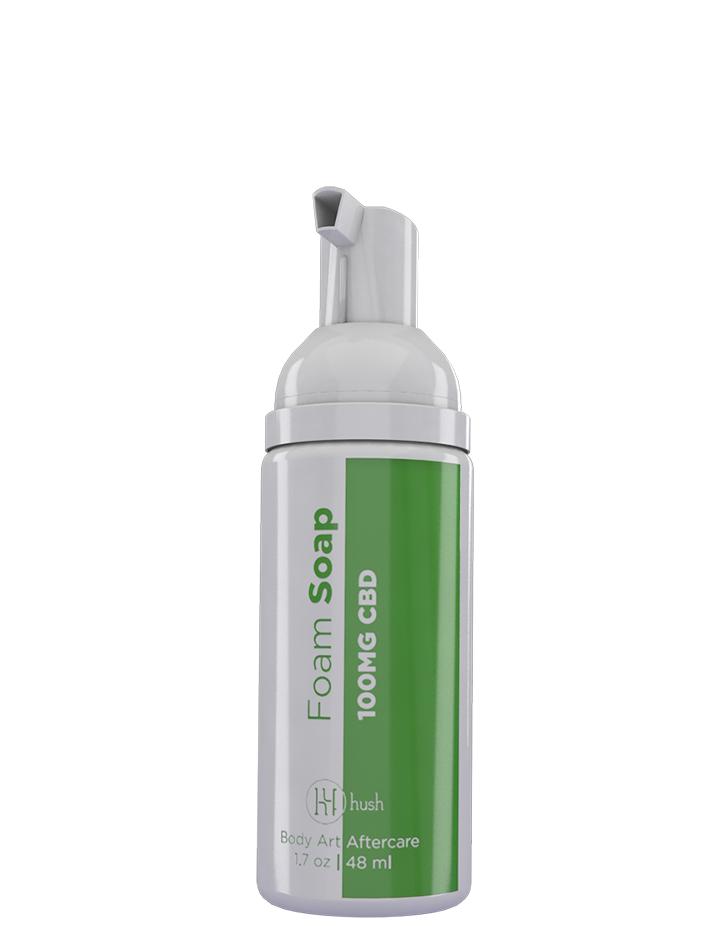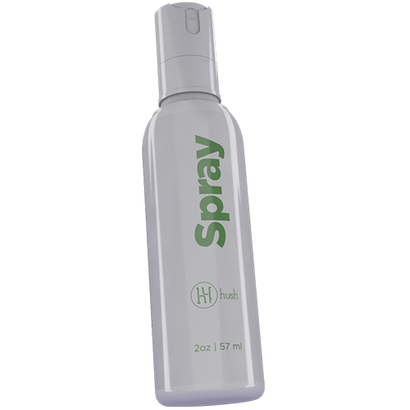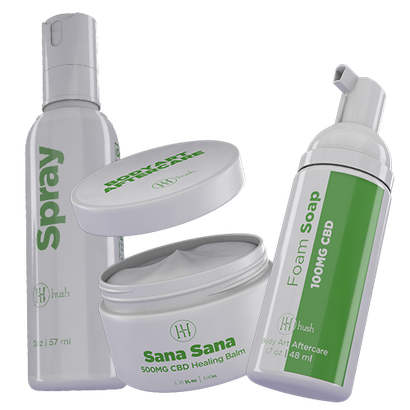Congratulations, you’re getting a tattoo! Or maybe you're adding to your collection and wish for some pain relief. You’ve hemmed and hawed over whether or not to numb up before your next tattoo.
After reading some blog posts, listening to a podcast, speaking to friends, and discussing with your tattoo artist — you’ve decided to go ahead and numb the area of skin you will be getting poked.
But hold on a minute! First, you should find the best product for the job. There are a ton of numbing creams and gels on the market.
You want to make sure you’re picking one that’s going to numb you up and take care of your skin while it’s doing the numbing. Nobody wants to find out only a few minutes into a tattoo that their numbing product isn’t up to par!
So, what’s actually in numbing cream or gel? Main answer: Lidocaine.
What Exactly Is Lidocaine?

To choose the right product, you most definitely need to evaluate the ingredients. And your number one ingredient and tattoo session best friend is going to be lidocaine. This is the numbing agent itself.
Lidocaine is a synthetic compound used as a local anesthetic and analgesic medication. It works on the nerve endings in your skin to block pain signals. That means your nerve pain receptors aren’t recept-ing and sending the “ouch” signal to the brain.
We love that for a tattoo session. Though the topical medication doesn’t completely numb your deep skin tissue, the amount of pain that a numbing lotion will stop your brain from noticing makes even the most sensitive affected areas more tolerable.
That means if you’ve been dreaming of a neck tattoo but worried about the pain, the process is much less daunting with some lidocaine on board. Here at HUSH, we’ve loaded our products up with lidocaine — so you are numbing every step of the way. No worries about that numbing sensation running out during your tattoo session.
Types of Lidocaine
Lidocaine is used for more than tattoo purposes. It’s a common and FDA-approved safe-to-use anesthetic for numbing and relief. So, you can find it in many forms.
There are no serious side effects — just be wary if you have sensitive skin, common allergic reactions, or are breastfeeding. Depending on the form and dose it comes in, the effects of lidocaine should last anywhere from 30 minutes to five hours.
Lidocaine Gels
Lidocaine-based gels are typically more jelly-like. They usually have less oil in them, so they work better on areas that tend to be more oily. Besides tattoos, gels are used for wounds, minor burns, insect bites, and dental procedures.
Gels can be a bit goopy and melty, more so than a cream, so be aware of how much you put in one spot and be sure it fully absorbs, or it will spread to surrounding areas.
Lidocaine Creams
Lidocaine-based creams typically have more oil in them, meaning they tend to work better on drier parts of your skin. Generally, they are less runny than their gel counterparts. Creams can be used for scrapes, minor burns, eczema, hemorrhoids, and some medical procedures or exams.
Lidocaine Sprays
Lidocaine-based spray differs from creams or gels because it doesn't have to be rubbed in. Commonly it is used for medical or dental procedures to reduce the sensitivity of the gums or throat.
Occasionally it is used for insect bites or wounds as well. HUSH healing spray with 4% lidocaine can be used after your tattoo session to get that new body art where it needs to be.
Liquid Lidocaine
Different from a lidocaine topical, liquid lidocaine is a viscous anesthetic medication that can be needled into the skin or administered intravenously. It’s most commonly found in doctors' offices, and you can’t get it unless you're a medical professional or have a prescription.
Often it is used for procedures, surgeries, and treatments. It is usually a much higher dose than the two to five percent you’ll find on over-the-counter and in our products. If you’ve ever gotten dental work done, you’ve probably felt your dentist prick your mouth with lidocaine to numb you up before some intrusive work.
Lidocaine Patch
In addition to the liquid form, there is a patch form, referred to as a transdermal patch. These patches can only be used on skin free of any wounds, irritations, rashes, or burns. The skin must be healthy and without any issues above.
So while this would be a terrible option for a healing tattoo, you could use it on your sore back or muscle aches. The lidocaine patches slowly release medication and only work when the patch is on.
They have a specific time frame that they work for, so think of a sore back, neck, or shoulders — not a skin thing like, say, that new ink.
How To Use Lidocaine?

Now you know what lidocaine is, but how exactly is it used in the tattoo process? For tattoos, you’ll mostly see lidocaine used in a numbing gel or cream, but HUSH also has lidocaine worked into our Foam Soap and Healing Spray!
The lidocaine-laden product must penetrate and absorb into the skin to be effective. That means you must prepare the area appropriately to achieve this.
First, you should wash the area you are planning on having tattooed. You don’t want any residue or dirt on the area because the product might not absorb properly. This will also eliminate any excess oil that could hinder the Numbing Gel absorption.
Use a mild, fragrance-free, antibacterial soap with warm water. First, wash your hands. Then apply a thick layer of the numbing cream or gel right onto the skin that will be tattooed.
It is best to completely cover the area with plastic wrap and leave it on for one hour before your tattoo session for the most absorption to occur. The more absorbed, the better!
Chances are your tattoo artist will do this process for you. If you prefer to do it, just make sure your artist knows ahead of time, and they are cool with it.
Before Your Tattoo
We have multiple products that include lidocaine and will make your tattoo session so much easier. Our Tattoo Numbing Cream works on sensitive skin and all your favorite extra-sensitive areas to get tattooed, like the underarms, ribs, hands, feet, chest, and face.
Our Tattoo Numbing Gel includes all the same ingredients as our Tattoo Numbing Cream, but this one includes menthol for an extra cooling effect. It is not recommended for those with sensitive skin. You guys stick to our Numbing Cream.
Not only do both our Numbing Cream and Tattoo Numbing Gel have the pain relief of lidocaine, but have multiple other ingredients to aid in the process. Aloe leaf extract, marigold flower extract, chamomile extract, and comfrey extract are natural agents that support the body’s natural healing.
These components soothe the inflamed, irritated skin and encourage the skin to begin the healing process. Using these products is like getting a head start on a well-healed tattoo!
After Your Tattoo

Those numbing products helped you to get the tattoo. Now that you have this beautiful piece of art but what’s next?
Once the Numbing Cream or Gel wears off, you may want something to diminish your fresh ink's discomfort. You also certainly don’t want to inhibit the healing process either.
This is where our Healing Spray comes in! It is made for this very purpose, spray a thin layer onto your new tattoo, allow it to absorb a minute, then pat it dry with a clean paper towel.
A four percent dose of lidocaine helps take the sting out of your new ink, while the other ingredients like aloe, chamomile, and comfrey extract aid in the healing process.
Remember to be very gentle with your fresh tattoo and listen to your tattoo artist. If your artist recommends you to have your new tattoo covered for some time, listen to their instructions. Our products are waiting for you once you can uncover them to aid in the discomfort and support your healing!
Numb but Not Dumb
At first, lidocaine was just a word you’ve heard here and there, but now you’re more prepared for your next tattoo adventure. That massive chest piece is in your future!
And you won’t have to sit for multiple sessions because you'll know how to apply the products to get the best benefit and know exactly what ingredients to look for! Happy numbing and happy healing!
Sources:
Lidocaine (Topical Application Route) Proper Use | Mayo Clinic
